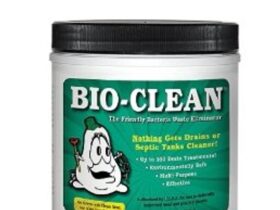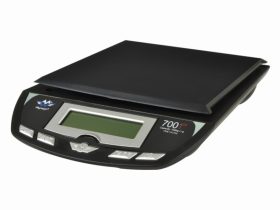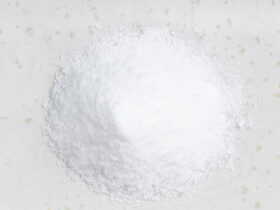Understanding Surfactants: Types, Functions, and Industrial Uses
Surfactants, short for “surface-active agents,” are the foundation of many modern cleaning formulations. These chemical compounds reduce the surface tension between liquids or between a liquid and a solid, enabling better spreading, wetting, and emulsifying of oils and dirt. At Level 7 Chemical, a wide range of surfactants is available for use in both industrial and household cleaning products. Understanding how each type of surfactant works is key to selecting the right one for your specific cleaning application.
The Four Main Types of Surfactants
Anionic Surfactants
Anionic surfactants carry a negative charge on their head group. They are excellent for removing particulate and oily soils and generate good foam.
Cationic Surfactants
Cationic surfactants carry a positive charge and are often used for antimicrobial, antistatic, and fabric softening applications.
Nonionic Surfactants
Nonionic surfactants have no charge, making them compatible with other surfactants, low foaming, and effective for emulsifying oils.
Amphoteric Surfactants
Amphoteric surfactants can carry positive or negative charges depending on pH, enhancing foam and reducing harshness in cleaning formulations.
















